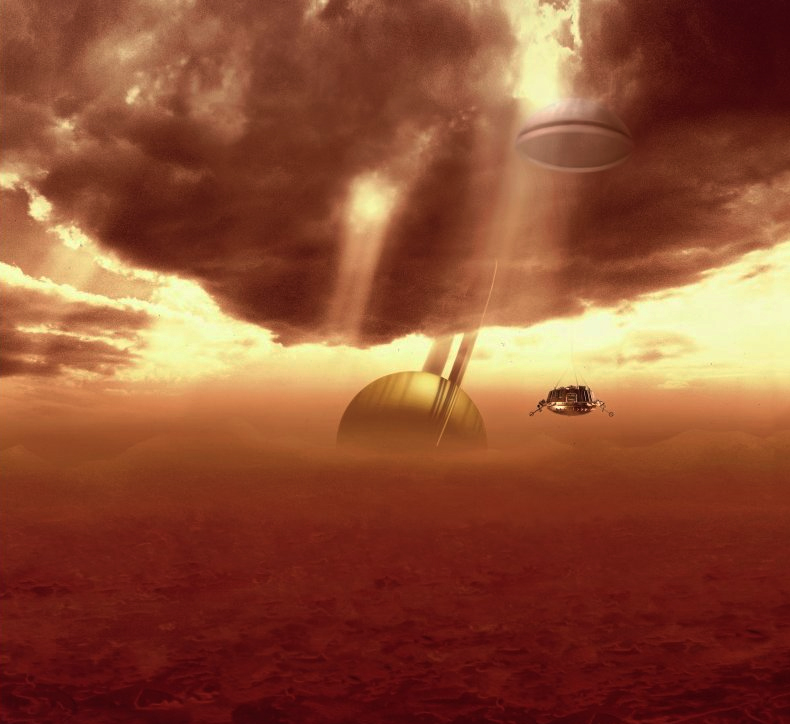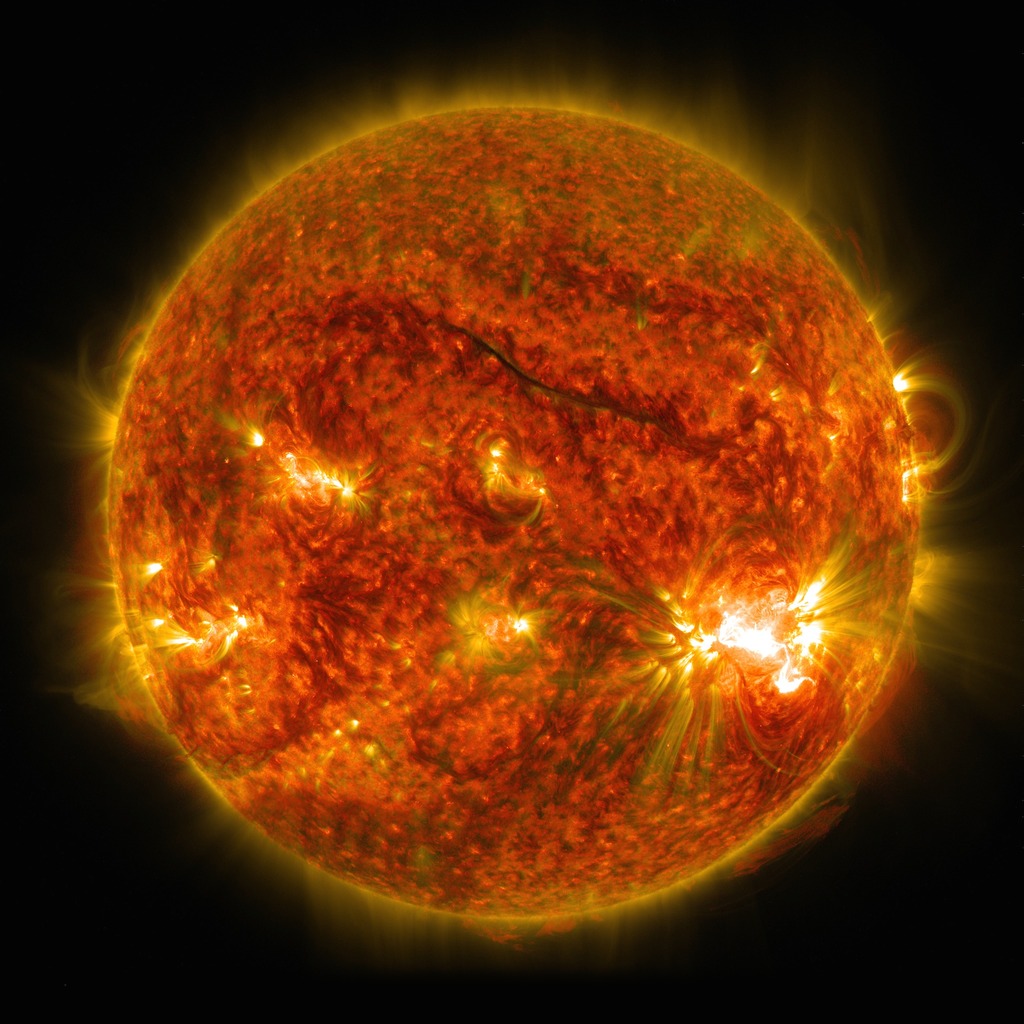InSight’s recording of Martian winds isn’t what you’d hear if you were on the planet yourself

We live in a world where spacecraft are now routinely landing on other worlds and recording their sounds. Soviet probes aimed at Venus captured the thunder and howling winds on the volcanic world, giving us the first ever audio recording captured beyond Earth. We’ve been able to reconstruct the sound of alien rain on Saturn’s moon Titan. And now, for the first time, we get to hear the low hum of Martian winds sweeping down the planes. Except not exactly. You see, while InSight did in fact record a 10 to 15 mile per hour draft on Martian, the recording’s pitch had to be dialed up and its frequency sped up roughly 100 times for the human ear to make any real sense of it. But why is it so hard to hear them otherwise?
Unlike Venus or Titan, Mars has an extremely thin, barely there atmosphere stripped away by solar winds and with virtually no protection from its weak magnetosphere. It’s so thin and fragile that it might actually make the planet impossible to terraform if we ever wanted to try to make it even a little more like our world. Even hurricane force winds would feel like a gentle breeze because there’s just not enough air to impart any meaningful kinetic energy. So, if you were able to stand on the surface of Mars without a spacesuit, you’d probably hear and feel nothing, hence NASA had to help us out so we could get some appreciation of what they were able to record, which is still exquisitely haunting and beautiful in the end.
What about winds on other planets and moons?
With extremely thick atmospheres, you’d have absolutely no problem hearing and feeling the full force of the wind on worlds like Venus, Jupiter and the other gas giants, and of course, Titan. In the turbulent clouds of gas giants, the winds would never stop and without anything solid to act as a brake, gusts can howl at astonishing speeds. Neptune boasts the fastest winds in the solar system at 1,200 miles per hour, with Saturn not far behind as 1,118 mile per hour gales whip around its equator, making Jupiter seem almost inert by comparison with peak wind speeds of 384 miles per hour around its Great Red Spot.
Exactly how hard that wind would hit you will depend on your altitude in the gas giants’ vast atmospheres but analogies with the impacts of anything between a tornado and a freight train come to mind. At this point, we would consider the kinetic energy of winds on Venus and Titan because they have solid surfaces and very thick atmospheres, but on both worlds, a very odd and interesting thing happens as you descend through the clouds. That atmospheric thickness means that gasses are compressed as you get close and closer to the surface and winds very quickly die down under the mass of the air through which they have to move.
On Titan, winds reach maybe 2 miles per hour at ground level at their strongest. On Venus, they peak at 3 miles per hour. Still, because there’s so much mass in motion, they would feel like a stiff breeze of 20 to 25 miles per hour if we note that the gusts in question are strong enough to scatter small rocks and use the Beaufort scale to translate that into comparable conditions right here on Earth. You would certainly hear it as well, deeper and more ominous than you’d expect, with absolutely no need to increase the pitch or speed up frequency for your ear to know what’s happening.
So, in case you ever look at the night sky and wonder about how different other planets are from the one on which you’re standing, consider that something seemingly as simple as the sound of moving air can be vastly different from world to world, what you’d consider a gentle breeze could be imperceptible on one planet and blow an umbrella out of your hand on another, and that sometimes, to appreciate what our robotic probes are detecting, we need to specially process the data they’ve gathered so you can even start making sense of it.
[This article originally appeared on World of Weird Things]



